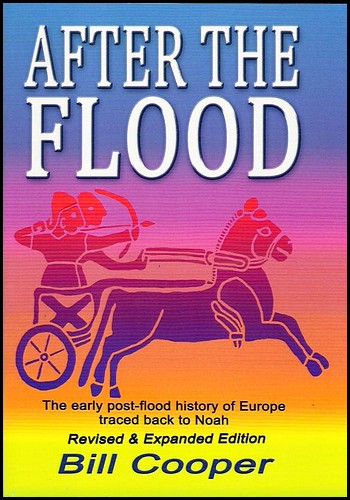Description
The Authenticity of the New Testament
Part 2: Acts, The Epistles and Revelation
The critics of the Bible claim that Acts was not written by Luke, but is a 2nd century composition based on oral traditions. Similarly, the letters of 2 Peter and Jude should be excluded from the canon of Scripture. Dr Cooper gives us extra-biblical evidences to show that the whole of the New Testament was written and in circulation during the eye-witness period of AD 30 to 70. There is archaeological evidence such as inscriptions on stone referring to men named in the Book of Acts. There are documents such as the fragment of Revelation on a 1st century papyrus, and several fragments of other New Testament books, including 2 Peter, found in cave 7 near the Dead Sea, a cave sealed by the Roman military in AD 68.
Here we learn about Roman laws of adoption, explaining why Saul of Tarsus changed his name to Paul, enabling him to appeal to Caesar. This book concludes with an appendix showing how the Codex Sinaiticus, claimed by the critics to be the oldest and most accurate version of the Bible, is actually a 19th century forgery. Sadly, it has since influenced most modern versions of the Holy Bible. Footnotes and an extensive bibliography enable the reader to delve further into the remarkable facts that this volume unearths.





